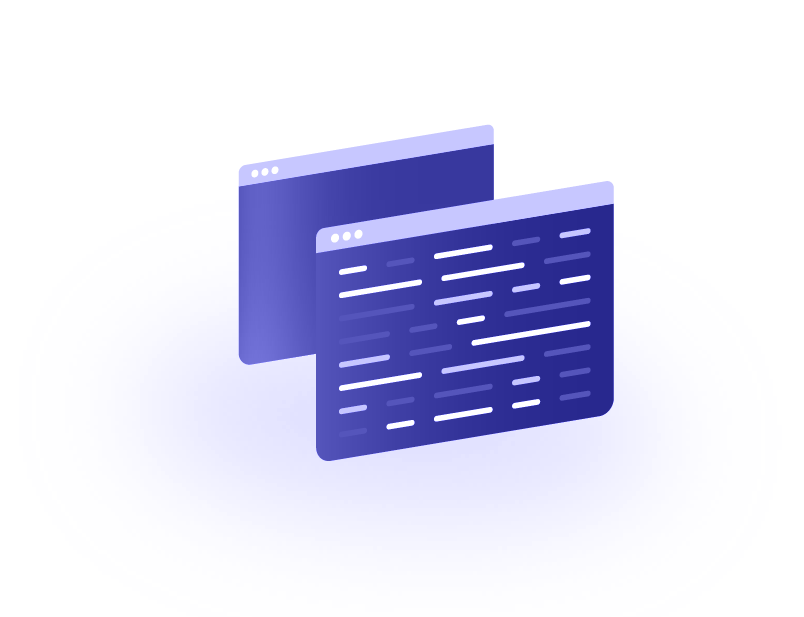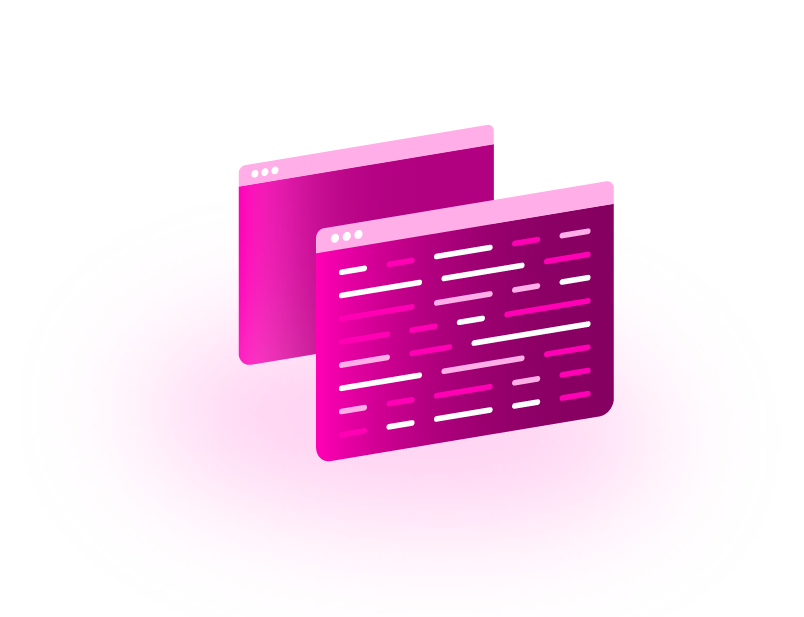Conditions in Other Endpoints
Conditions are used in many of DrugBank's modules and endpoints. The way in which conditions are incorporated depends on the endpoint in question.
Indications
Indications are conditions for which the drug in question may be used - for example, the drug colchicine is indicated for gout flares (DBCOND0059958). Some indications only apply when the main condition being treated is tied with another “associated condition”. For example, diclofenac gel is indicated for the treatment of pain (DBCOND0012160), but only when that pain is associated with - or, in this case, originating from - osteoarthritis of the knee (DBCOND0002138).
In addition, indication endpoints may include or exclude certain “patient characteristics” to describe patients for whom the indication does or does not apply. These patient characteristics are also represented through conditions. For example, valacyclovir is indicated for recurrent genital herpes (DBCOND0031949) but only in patients who are non-immunocompromised (DBCOND0021820).
Adverse Effects
Adverse effects describe the occurrence of a certain condition as a result of drug usage. Similar to the indication endpoints, adverse effects may also include or exclude “patient characteristics”. In this context are the specific conditions of the patient population in which the adverse effects were reported. For example, the use of colchicine in a patient with gout flares (DBCOND0059958) may result in that patient experiencing diarrhea (DBCOND0021431). In reality, colchicine has the potential to cause diarrhea regardless of patient characteristics. Colchicine intake is more aggressive when treating gout flare-ups, making it more likely to cause diarrhea compared to its use in other contexts. Given this example, we can see that it is beneficial to record and associate patient characteristics with adverse effects as these can provide additional context to the adverse effect in question.
Remember that conditions are simply medical states or clinical phenomena that a patient may experience, and can therefore appear in many different contexts. Note that in above example the condition gout flares (DBCOND0059958) is considered a patient characteristic, as in this context it is describing a patient population in whom this adverse effect was observed (i.e. patients with gout flares who use colchicine were found to experience diarrhea).
Contraindications
A contraindication is, essentially, the opposite of an indication - it describes a condition for which it would be inappropriate or dangerous to take the drug in question. Similar to the endpoints described above, contraindication endpoints may also include or exclude patient characteristics (i.e. conditions) for whom the contraindication may or may not apply. For example, the anti-tuberculosis drug pyrazinamide is contraindicated in patients experiencing acute gout attacks (i.e. gout flares (DBCOND0059958)).
Blackbox Warnings
Blackbox warnings (also called “boxed warnings”) are similar to contraindications in that they highlight particularly serious or life-threatening risks associated with the drug in question. In the context of blackbox warnings, conditions may be used to specify the actual 'risk' that the drug usage poses. For example, the biologic drug eculizumab carries a blackbox warning stating that some patients may develop fatal/life-threatening meningococcal infections (DBCOND0031203) and cautions patients and practitioners to watch for early signs of infection. Conditions may also be used in blackbox warnings to specify "patient characteristics" in much the same way described above (i.e. to specify patients for whom the blackbox warning does or does not apply). For example, leflunomide carries a blackbox warning stating that it cannot be used in patients who are pregnant (DBCOND0018394) (or likely to become pregnant) as it can cause serious harm to the developing fetus.







